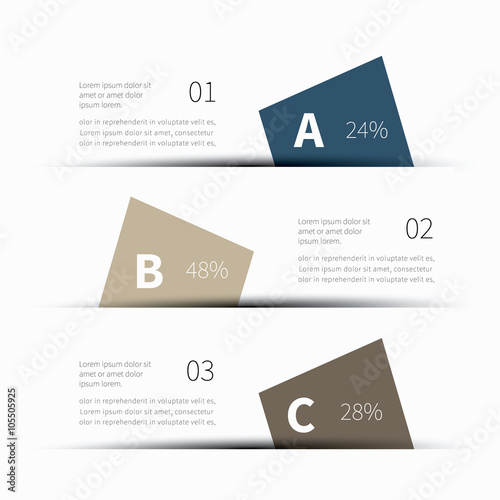Discover Crucial Tips For Budgeting Your Floor Covering Job Properly, However Beware Of Concealed Expenses That Can Thwart Your Strategies
Discover Crucial Tips For Budgeting Your Floor Covering Job Properly, However Beware Of Concealed Expenses That Can Thwart Your Strategies
Blog Article
Short Article Writer-Leach Kamper
When you're intending a flooring job, budgeting isn't just about choosing a number; it has to do with comprehending what you really require and the prices involved. You'll want to examine your certain requirements, research study different products, and expect unforeseen costs. Think of how factors like area objective and setup approaches can affect your budget. But before you jump in, there are some critical information you might ignore that can significantly affect your general costs. Allow's discover how to navigate these complexities and ensure your project stays on track.
Assessing Your Floor Covering Requirements
Prior to diving right into your floor covering job, it's critical to examine your floor covering needs. Begin by considering the specific areas where you prepare to install brand-new floor covering. Think of the function of each area. For example, bathroom and kitchens need water-resistant products, while living areas might benefit from convenience and aesthetic appeals.
Next, evaluate the status quo of your floorings. Exist any architectural problems, such as uneven surfaces or wetness problems? Attending to these worries at an early stage can save you time and money down the line.
Also, remember of the measurements of each space to identify just how much floor covering you'll need.
Don't neglect to consider your way of life. If you have pets or young kids, resilience could be your top priority, while an extra official space might ask for a luxurious finish. Furthermore, consider your style choices. Do cost of epoxy basement floor prefer a classic look, or are you attracted to contemporary styles?
Last but not least, be practical concerning how much upkeep you want to commit to. Some materials need more upkeep than others. By recognizing your requirements clearly, you'll be much better outfitted to make informed options as you progress with your flooring project.
Estimating Prices and Products
Estimating costs and materials is a crucial action in your floor covering project that can substantially influence your total budget. Start by gauging your room precisely to figure out just how much floor covering you'll require. For a lot of products, you'll discover prices by square foot, so collect quotes from various distributors to obtain a realistic number.
Next off, take into consideration the type of flooring you desire. Alternatives like wood, laminate, tile, or carpet all come with various cost factors. Study the expenses for each and consider any kind of additional materials like underlayment, sticky, or shift strips.
Don't forget to consist of devices if you're planning a do it yourself installation, as renting out or acquiring tools can include in your expenses.
Labor expenses are another essential consideration. If you're working with professionals, obtain quotes from multiple contractors to guarantee you're obtaining a fair cost. Be clear about the extent of job to avoid unanticipated fees later on.
Last but not least, it's a good idea to reserve a little portion of your allocate any unanticipated expenses connected to products. By extensively estimating your expenses and materials in advance, you'll establish on your own up for a smoother and much more workable floor covering job.
Planning for Hidden Expenditures
Numerous property owners neglect the hidden expenses that can emerge during a floor covering task, which can result in budget plan overruns. To prevent this, you need to plan for prospective added prices.
Initially, take into consideration the condition of your existing subfloor. If it's harmed or irregular, you'll likely require fixings or progressing, which can add significantly to your total expense.
Next off, think of elimination and disposal charges for your old floor covering. Many contractors charge extra for this solution, so factor that into your budget plan.
In addition, do not forget about the expenses of underlayment, which may not be consisted of in the first quote but are essential for an effective setup.
You must additionally plan for unforeseen issues, such as plumbing or electrical work if your floor covering task involves relocating fixtures. It's smart to allot a minimum of 10-15% of your complete allocate these unforeseen expenses.
Finally, bear in mind that licenses might be needed for sure installations. Constantly examine read more to stay clear of fines or hold-ups.
Conclusion
In conclusion, budgeting for your floor covering project is vital for an effective result. By evaluating your demands, estimating prices, and planning for surprise expenditures, you'll prevent shocks and stay on track. Remember to reserve a section of your budget for unforeseen prices and maintain a thorough breakdown of your expenses. With cautious preparation and factor to consider, you'll develop a gorgeous space that satisfies your needs without breaking the financial institution. Happy flooring!
